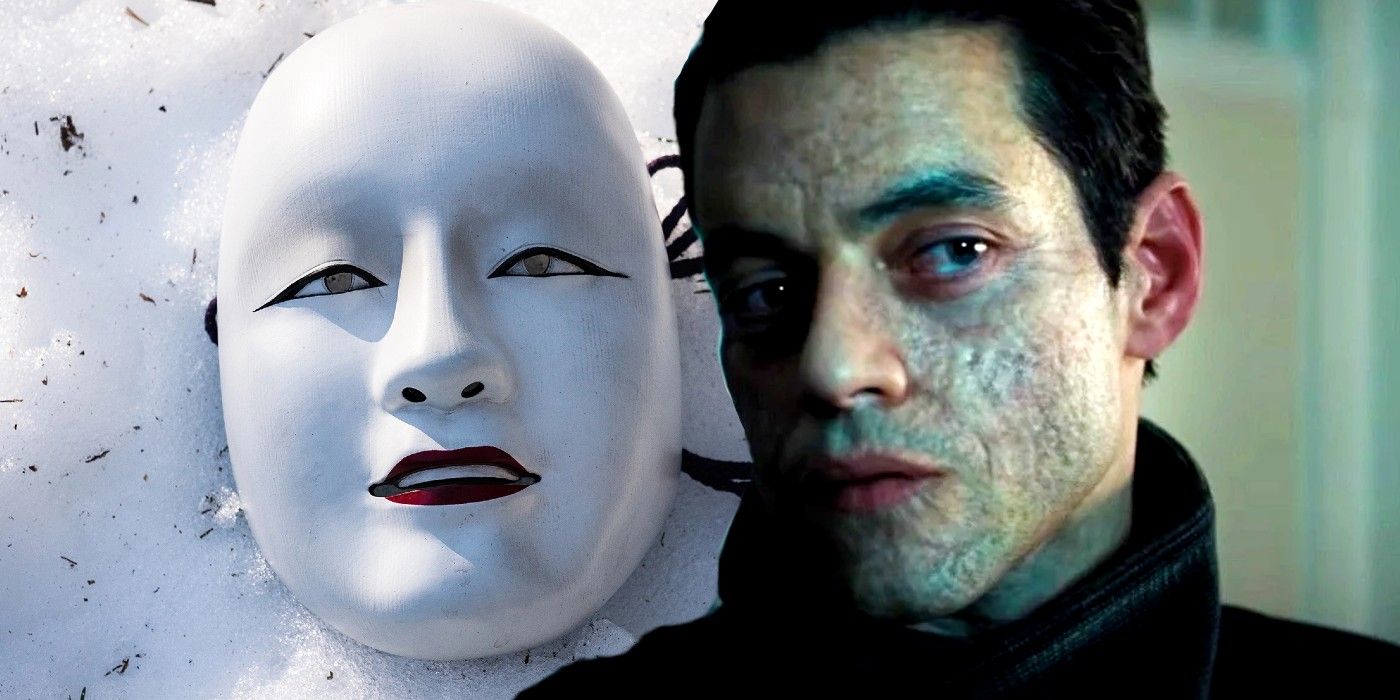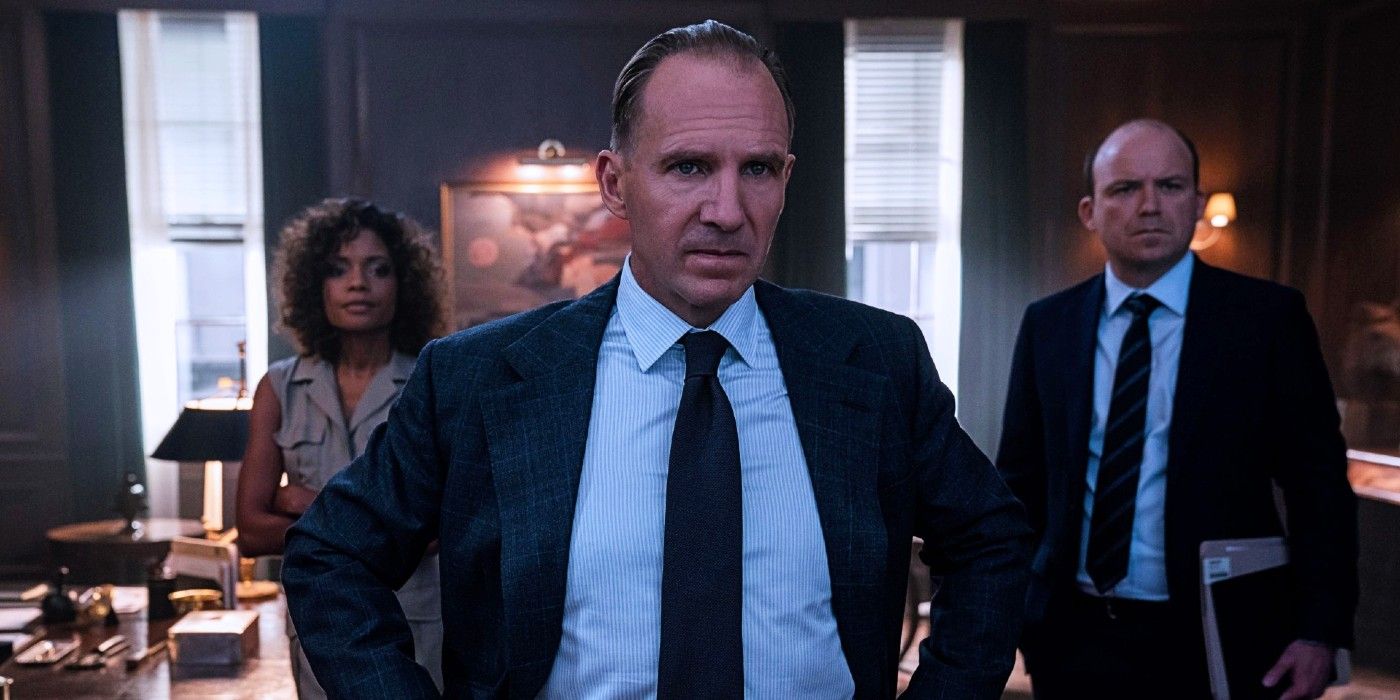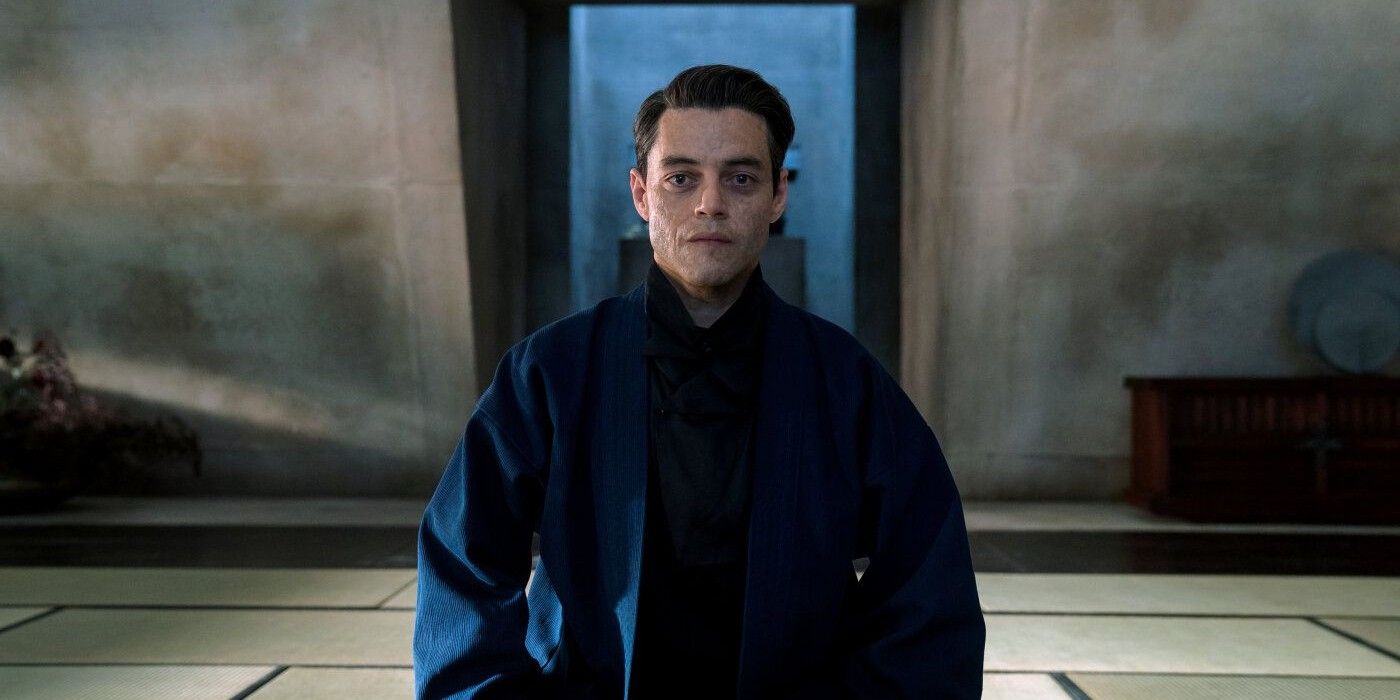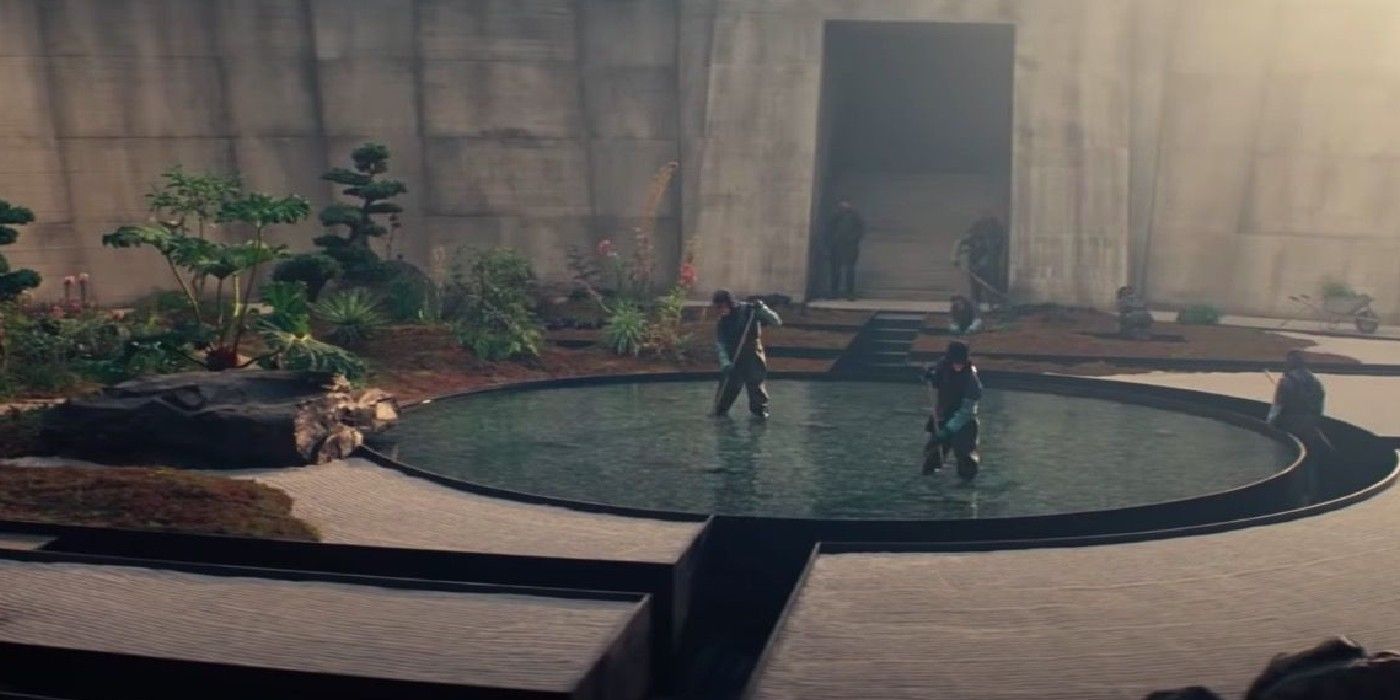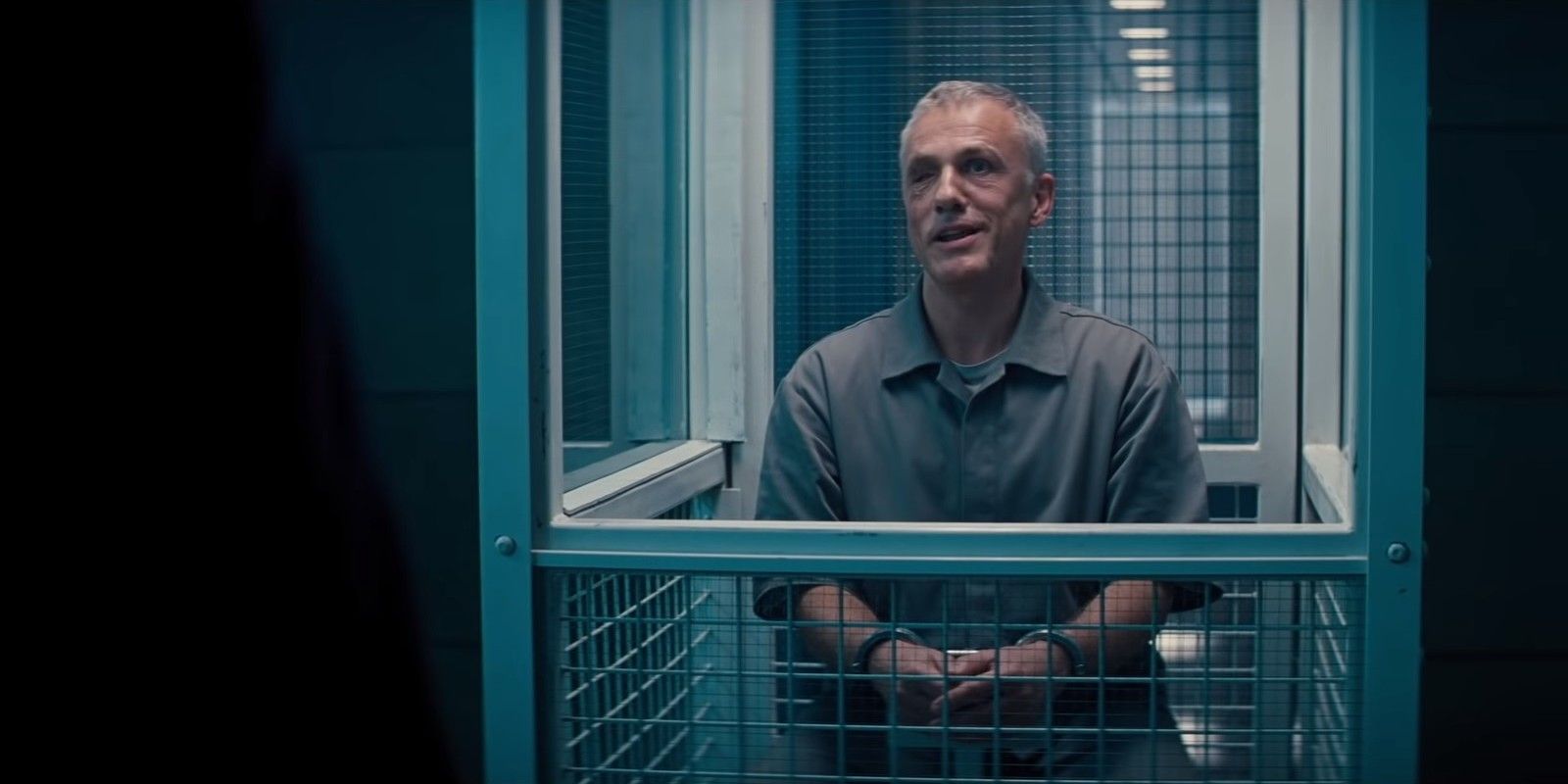Warning: Major spoilers ahead for No Time To Die
No Time To Die is a fitting swansong for Daniel Craig’s James Bond 007, but what is villain Safin’s plan? Daniel Craig’s final outing as the super spy is now playing in some international markets, with audiences getting to go on one final adventure with his interpretation of Bond before he hangs up the tuxedo for good. The film has received warm reviews and has been labeled as a fitting end for Craig, who has inhabited the role for 15 years and 5 movies.
Craig’s Bond exploded onto screens in 2006 with Casino Royale, a critically acclaimed reimagining of the character, taking him back to his roots and rebooting the franchise that had started back in 1962. Casino Royale laid the groundwork for a grittier, more brutal Bond. Quantum of Solace has the distinction of being Bond’s first direct sequel, though its slight story and choppy editing failed to repeat the success of the first movie.
With Skyfall James Bond got back on track in a major way, as director Sam Mendes captured everything that makes a Bond film special. Mendes returned for Spectre, though the magic was somewhat lacking this time around. No Time To Die has Craig back as Bond one last time, taking on villain Lyutsifer Safin, played with quiet menace by Rami Malek. While Safin is not necessarily a physical match for 007, he is nevertheless extremely intelligent, dangerous, and a worthy adversary. He has many elements to his character that both feeds into, and in some cases are at odds with, his nefarious plan.
Safin's Family History & Revenge Explained
Safin’s backstory is actually not directly tied to Bond, but instead to Léa Seydoux’s Madeleine Swann. The movie opens with a flashback scene as part of the traditional pre-title sequence. Madeleine is a child at home when a masked gunman (Safin) enters and kills her mother in retribution for Mr. White (Madeleine’s father) murdering his entire family. He intends to kill Madeleine as well before she shoots him (she recalled the scene to Bond in Spectre as the reason she doesn’t like guns). Pursuing her onto a frozen lake, Madeleine falls through the ice, though Safin then chooses to rescue her rather than let her drown.
It later transpires that Safin’s family were chemists working for SPECTRE under Mr. White, and were killed using their own biological weapons on Blofeld’s orders as a punishment. Physically and emotionally scarred by the event, Safin sets out on a mission of revenge against Blofeld and SPECTRE. His means of doing so is the Heracles virus, a lethal bioweapon being developed off the books by MI6. It contains nanobots that spread like a virus upon touch, and are coded to specific DNA strands so that they are only dangerous if programmed to an individual’s genetic code.
Why MI6 Was Developing Heracles Virus (And What It Says About Bond)
MI6 was developing the devastating virus as a means of national defense and doing so under the direct order of M (Ralph Fiennes), painting him in a dubious light. M’s justification for Heracles is that you used to know your enemy and could look him in the eye, but now they don’t even know who they’re fighting. The idea would be that the virus could target the enemy without any risk of collateral damage in the way conventional weapons (and indeed James Bond himself) have. With the protection of his country on his shoulders, M has made a deal with the devil, and the rationale for needing such a devastating weapon is a comment on Bond (and by extension the whole Double-O section) being a relic and outdated. Why put agents in harm’s way when a virus can do the dirty work for you?
Of course, this being a James Bond film, 007 (in two iterations) shows M precisely how wrong he is – it’s the man (or woman) on the ground with their back against the wall that makes all the difference in the end. That’s the whole point of Craig’s era and arc as Bond going all the way back to Casino Royale – despite all the technology and resources at their disposal, MI6 needs blunt instruments like Bond doing whatever it takes in order to complete the mission.
Safin's Virus Plan & Why It Changes So Much
Safin’s henchmen steal the Heracles virus, setting the plot in motion. Its lethal power is aptly demonstrated in Cuba when key members of SPECTRE are killed en-mass while Bond is spared in a thwarted attempt by Blofeld to kill him. While Blofeld is in prison back in London, Safin even manages to get to him through Madeleine, with Bond unknowingly infecting him with the deadly nanobots. With this act the villain’s revenge is complete. He’s achieved his objective (a rare occurrence for a James Bond villain). His motivations then seemingly change on a dime, capturing Madeleine and her daughter, and taking them to his secret island base between Japan and Russia, where the virus is being mass-produced.
Earlier in the film, Q unearths a database of DNA records of entire government agencies like MI6 that the virus could target. However, Safin’s motivations for this don’t seem to extend before selling the nanobots to the highest bidder as a biological weapon to kill millions of people, to make the world “a little tidier.” As a global threat, this is suitably “Bondian”, however, it's disconnected to the established character of Safin who’s drive up this point has been so personal and directed by revenge.
Why Safin Is So Obsessed With Poison
Rami Malek’s disfigured villain Safin has his obsession with poison instilled in him from a young age. Growing up with his family of chemists, his father cultivated plants in a garden to create their biological horrors. A poison garden is a place of beauty in his eyes. It's his family’s legacy, one that was taken from him at an impressionable age, fuelling his obsession. His disfigured face from the poison attack is a reminder of this every time he looks in a mirror. Poison and family (and by extension love) are so interwoven that he can no longer distinguish between the two. This is extended to his kidnapping of Madeleine and her daughter, and his subsequent attempt to supplant himself as a father figure to create a new family.
The way he saves Madeleine as a child at the start of No Time To Die also suggests that he’s a sadist obsessed with control. The power dynamic of watching her helpless below the ice, entirely at his mercy, feeds his desire for control so much that he literally falls in love with her. This twisted love is displayed when he attempts to poison Madeleine later with a cup of tea. Poison is his agent of control, fed by an obsessive desire for the family he lost.
Why No Time To Die's Villain Wasn't Blofeld
The megalomanic aspects of Safin’s plans seem more at home as a plan of Blofeld’s. SPECTRE after all stands for Special Executive for Counter-intelligence, Terrorism, Revenge, and Extortion. A bioweapon of mass destruction fits very neatly under their organization’s manifesto. In No Time To Die Safin doesn’t present himself as overly greedy or obsessed with money for the majority of the film; his motivations (till the buyers are revealed) are tied more to his need for revenge and a family.
Spectre as a film was considered to be a disappointment for many, which is somewhat ironic given all the legal efforts and behind the scenes wrangling over the film rights to the terrorist group and Blofeld himself. Given their muted reception in their last outing, placing them as the central villains a second time would have been difficult from a marketing perspective. It would have tied the film more directly to a weaker entry in the series as opposed to introducing a villain with the clout and will of conviction to take down all of SPECTRE. This story choice immediately makes Safin more formidable as a character, setting him up as a boss-level villain for Bond to wrap up the series on a high note.
While Safin’s plans and motivations change during the course of No Time To Die, he is nevertheless a formidable villain for Bond. Indeed he accomplishes more than most baddies manage against 007. No Time To Die may be the end of the road for Daniel Craig’s Bond, but Safin has the potential to go down as one of the more sinister and infamous adversaries in Bond’s rogue's gallery.

